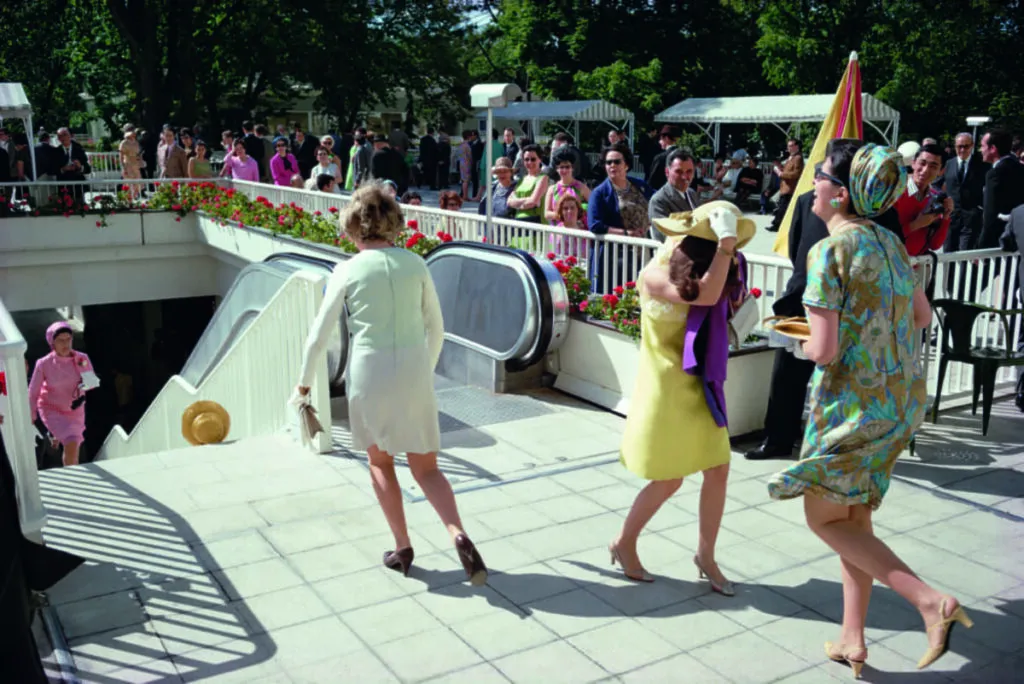Welcome to the World of Joel Meyerowitz: A Journey Through Street Photography
Embracing instinct, Joel Meyerowitz captured a significant portion of his early photographs with a Leica 35mm camera. Gifted with the ability to blend in seamlessly, the American photographer sifted through the streets of New York like no other, relying on two particular skills, “speed and invisibility,” as he would later recount. Spontaneous shots of men and women immersed in the fast-paced life of the metropolis, a humanity depicted in its seriousness, humor, and cultured daily life, yet filled with the dignity sought from the beginning of his career.
“The world is in color, I will shoot in color”
Only later would come the changes in style and content, portraits, still life technique, Ground Zero, and Italian landscapes. But it all began in the Big Apple and from the moment Joel decided to leave his art director desk to follow Robert Frank. One day in 1962, he was struck by the timing and intuition of the Swiss photographer in action, so much so that he quit on the spot, borrowed a camera, and two days later began his adventure as a street photographer.
As soon as Meyerowitz took hold of the camera, he didn’t ask too many questions, “the world is in color, I will shoot in color.” From 1962 onwards, he spent passionate and “hungry” years on the streets with his faithful friends Garry Winogrand and Todd Papageorge, photographers like him, amidst demonstrations, parks, and crowded places, “going against the flow, to capture faces in front of them, in their vitality.”
However, soon after, when he began to compare himself with the great reporters who had preceded him, Meyerowitz had some doubts about the value of black and white, considered at the time the true tool for “making art” in photography, unlike color destined for “advertising and photo amateurs.” This led to the idea of “double” shots – some of which are also featured in the exhibition “Joel Meyerowitz – A Sense of Wonder – Photographs 1962-2022,” on display at the Museum of Santa Giulia in Brescia until August 24 – where the artist questions himself by taking two photos of the same subject a few moments apart. “I carried two Leicas, one for each format,” he recounted, “but there was no use: hope is best expressed in color.” Thus began his staunch defense of the artistic value of this format, which would go down in history.

“Can I take your picture?”
The reporter’s eye is skillful; he quickly realizes that “ambiguity, not immediately understanding what appears, can be a weapon for the photographer.” Thus, Meyerowitz’s shots create true narratives, often on multiple separate yet interconnected levels. The artist shoots “with one eye on the lens and the other open, ready to instantly capture something interesting around.” He had found his “nature, so to speak. I wasn’t afraid to enter places, groups, or situations that wouldn’t have presented themselves before.”
After the early American years, the experimentation began. “The things we see in the world are more or less always the same, trees, the sea, but what changes are we and the ways in which we highlight them,” he would later claim. The photographer began to travel, to look beyond his New York. He discovered the sunset light, which lends itself to more contemplative images. But just when it seemed he had focused his lens on nature and urban landscapes, it was the people who began to take an interest in him, almost asking him to return to focusing on them. Passersby, seeing him engrossed for long minutes in capturing landscapes, would come closer: “Can I take your picture?” Thus, he realized the power of portraits, another way to explore the intuition that guided his artistic path.



